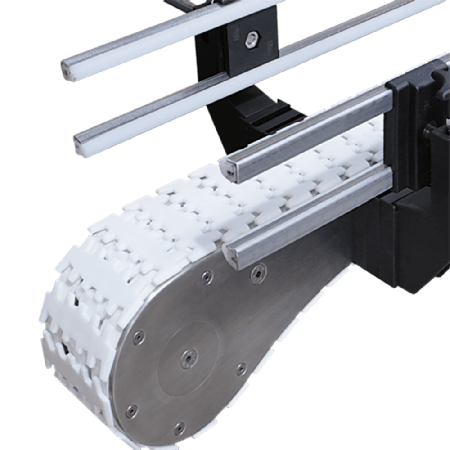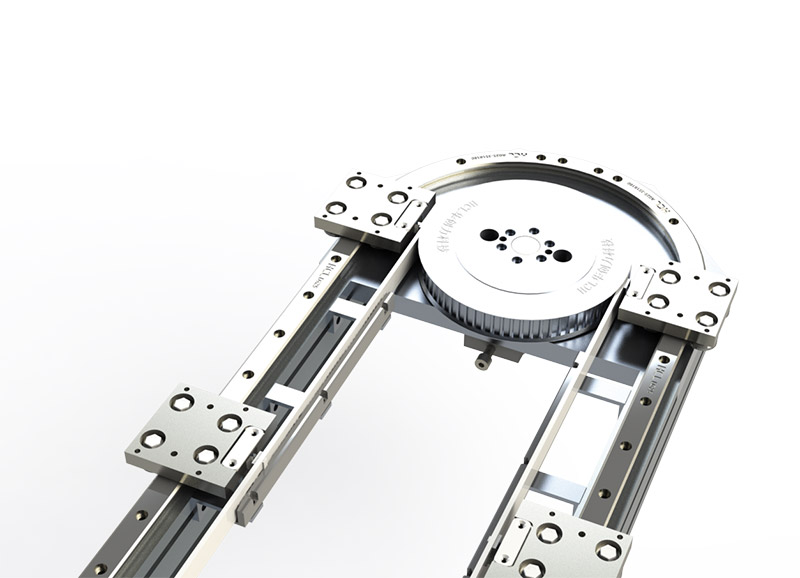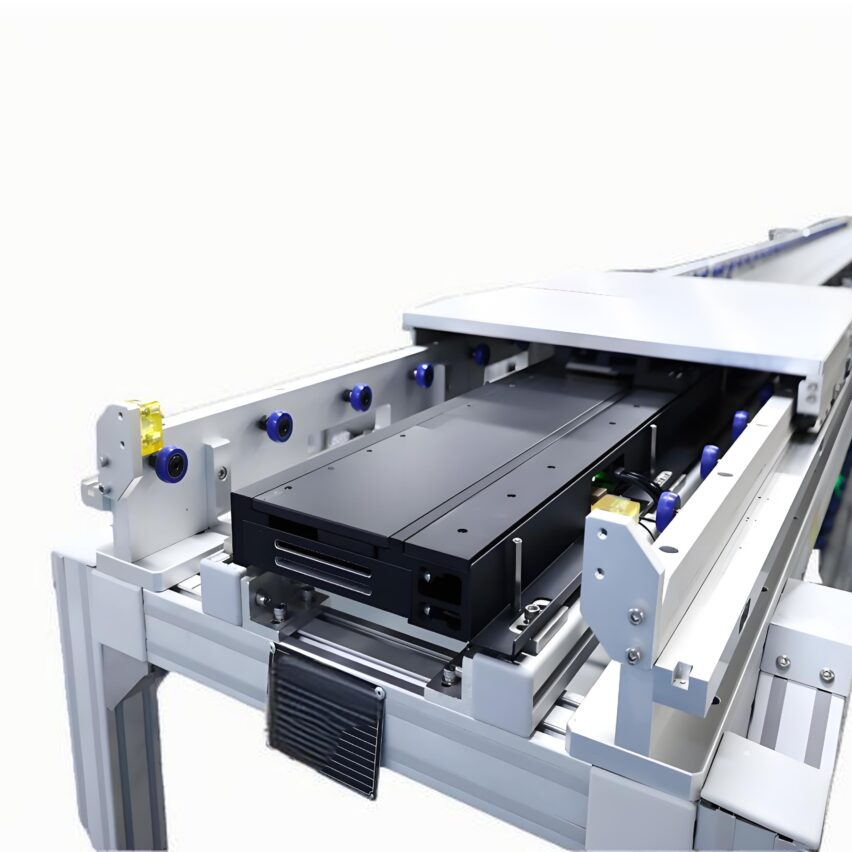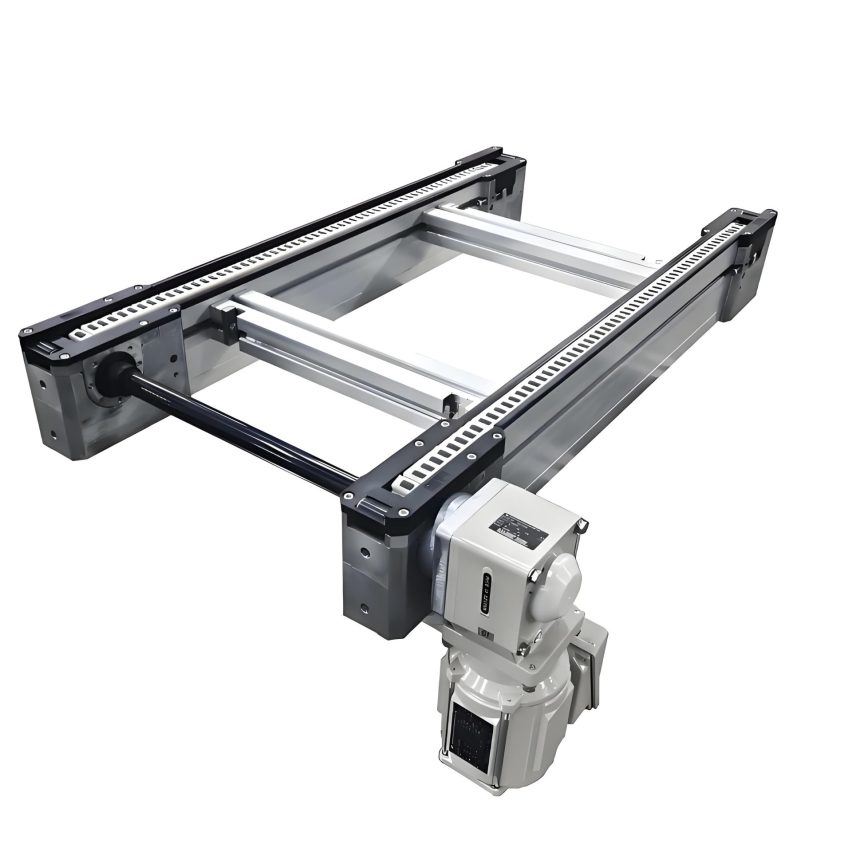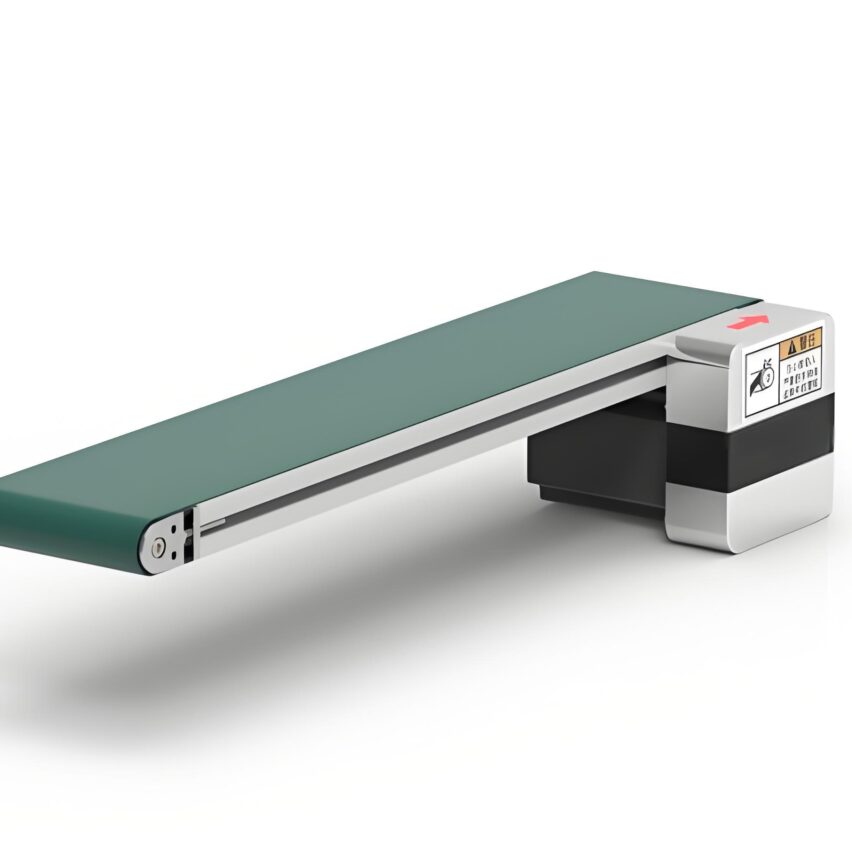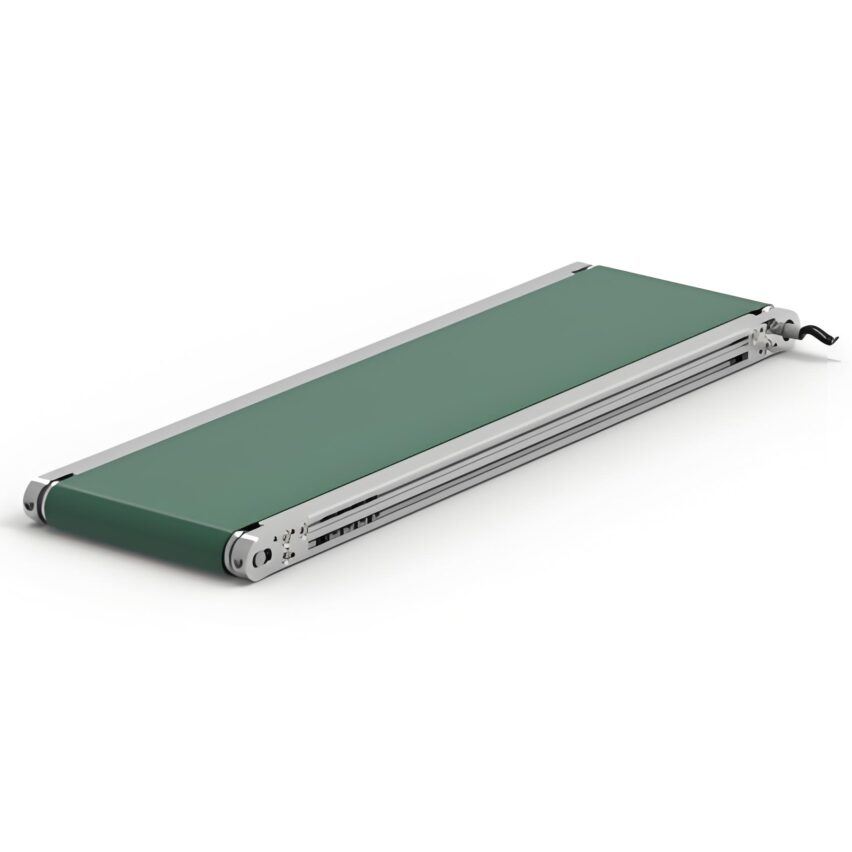Technical evolution and core value of double-deck conveyor lines
The rise of the double-deck conveyor line in the 1990s reconfigured the logic of industrial conveying through the design of vertically stacked double lanes. The core breakthroughs compared to single-deck systems areSpace utilisation upgraded by 50% or moreIn addition, it also realises bi-directional material handling capability. the global market size of $8.5 billion in 2022 (CAGR of 5.5%), and China's market growth rate is even higher at 12.5%, confirming its strategic position in industrial automation.
Spatial revolution: how two-storey design is reconfiguring the logic of industrial transport
- Three-dimensional space instead of flat extension
In the case of Pakistan Bulk Terminal, through the combination of lower ordinary belt conveyor and upper tubular conveyor, the original side-by-side conveyor system is compressed into a single channel, and the width of drawbridge is reduced by 40%, which directly reduces the cost of terminal construction. This mode of "vertical stacking and two-way diversion" is especially suitable for coal mines with narrow roadways - after adopting the same direction double-layer conveying in a mine, the conveying capacity was increased by 100% under the same roadway cross-sectional area, and the problem of coal and gangue diversion was solved at the same time.
- Dynamic Load Balancing Technology
Foshan Enterprises' modular programme allows independent control of speed and direction on the upper and lower levels. For example, in an electronics factory production line:
- The upper level conveys finished products to the packing area at 2m/s.
- Lower recycling of empty frames at 1.5m/s
Capacity matching through frequency conversion reduces the need for buffer storage.
The Intelligent Leap: From Automation to Predictive Maintenance
The AIoT system introduced by the Zhuhai Innovation Project goes beyond basic transmission functions:
- Self-learning sorting algorithms
By analysing parcel size (3D vision scanning) and weight (pressure sensing) in real time, the sorting path is dynamically adjusted. An e-commerce warehouse test showed that the sorting error rate dropped from 0.8% to 0.12%.
- Predictive maintenance breakthrough
Shandong Huali's new-generation drive system is implanted with vibration sensors, which combined with a bearing life model warns of failures 14 days in advance, reducing downtime by 67%.
Exclusive Perspectives: The current blind spot in intelligence iscross-system collaborationThe future competitiveness depends on the integration of MES and WMS data into the conveyor decision chain. Most companies only automate individual machines, and future competitiveness depends on the ability to integrate MES and WMS data into the conveyor decision chain, for example by dynamically adjusting conveyor priorities according to the urgency of the order.
Industry empowerment: mapping vertical applications from mining to e-commerce
- Extreme environmental assault
The double-deck conveyor of the underground coal mine adopts flame retardant belt and explosion-proof motor to achieve 300t/h capacity at a low roadway height of 1.8m, saving about 12 million RMB/km of roadway development cost compared with the traditional solution.
- Food hygiene upgrade
Antibacterial conveyor belt design for beverage filling lines:
- Seamless PU material prevents microbial growth
- Patented edge baffle (Patent No. 202421078783) to eliminate liquid dripping
Reduces cleaning elapsed time by 50%.
- Logistics efficiency re-engineering
After the introduction of Foshan double-layer line in home appliance enterprises, the logistics time is compressed by 50% and the manpower cost is reduced by 20%. The key lies in the synergy between the upper conveyor of finished air-conditioners (60kg/unit) and the lower return packaging pallet.
Green Smart: The double answer to sustainability and economy
- Optimisation of energy consumption structure
The new permanent magnet synchronous motor is 30% more energy efficient than asynchronous motor, and according to the annual operation of 8,000 hours, a single 100-metre conveying line can reduce CO₂ emissions by 48 tonnes.
- The circular materials revolution
The EcoBelt series launched by Siemens of Germany uses recycled nylon reinforced fabrics to extend the life of 40% while reducing the carbon footprint of raw materials by 57%, and the difference in investment can be recouped in 2.3 years despite an increase in unit price of 15%.
Future Challenges: Technical Barriers and Industrial Upgrading Paths
- Resonance control challenges
The double-layer system with a common base is prone to structural resonance at high speeds. Zoomlion's solution is:
- Installation of dampers to absorb 6-12 Hz vibrations
- Use of variable frequency motors to avoid intrinsic frequency
The measured amplitude was reduced by 761 TP3T.
- Bottlenecks in the transformation of SMEs
The current high-end market is dominated by Siemens (global share 7%), Rockwell and other international companies. Domestic enterprises such as Shandong Huali are breaking through modular design - its standardised component library supports the completion of customised solutions within 24 hours, shortening 85% than the traditional customisation cycle.
Exclusive dataLogistics automation penetration rate of only 19.3% in 2024, but the cold chain (annual increase of 23%) and new energy vehicles (annual increase of 31%) field will become an outbreak point. It is recommended to pay attention to low temperature resistant materials (-40 ℃ elastomer) and anti-static transport technology patent layout.
Self-questioning: the core questions about double-deck conveyor lines resolved
Q1: Does a two-tier system cost more to maintain than a traditional single-tier line?
Increased maintenance complexity but lower overall cost. Although additional aerial work platforms are required (approximately 10% in increased maintenance costs), the total operating costs can be reversed to exceed those of a single-tier system within two years by saving 50% in footprint and reducing 30% in energy consumption.
Q2: Why is automotive manufacturing the fastest penetrating sector for double-layer lines?
Automotive Parts Conveyor PresenceMulti-frequency reverse flowCharacteristics. An automotive company adopts the mode of sending engine blocks from the lower level (heavy load and low speed) and recovering empty fixtures from the upper level (light load and high speed), which reduces the work-in-process inventory by 62% and improves the balance rate of the production line to 91%.
Q3: Are the real benefits of intelligence overestimated?
The key is in the depth of data utilisation. Adding sensors alone only improves efficiency by 8-12%, whereas the value of deep learning is:
- Dynamic path optimisation (e.g. Jingdong Logistics' congestion prediction system to reduce waiting rates 34%)
- Flexible capacity allocation (one company achieved equipment utilisation of 93% through real-time order analysis).




